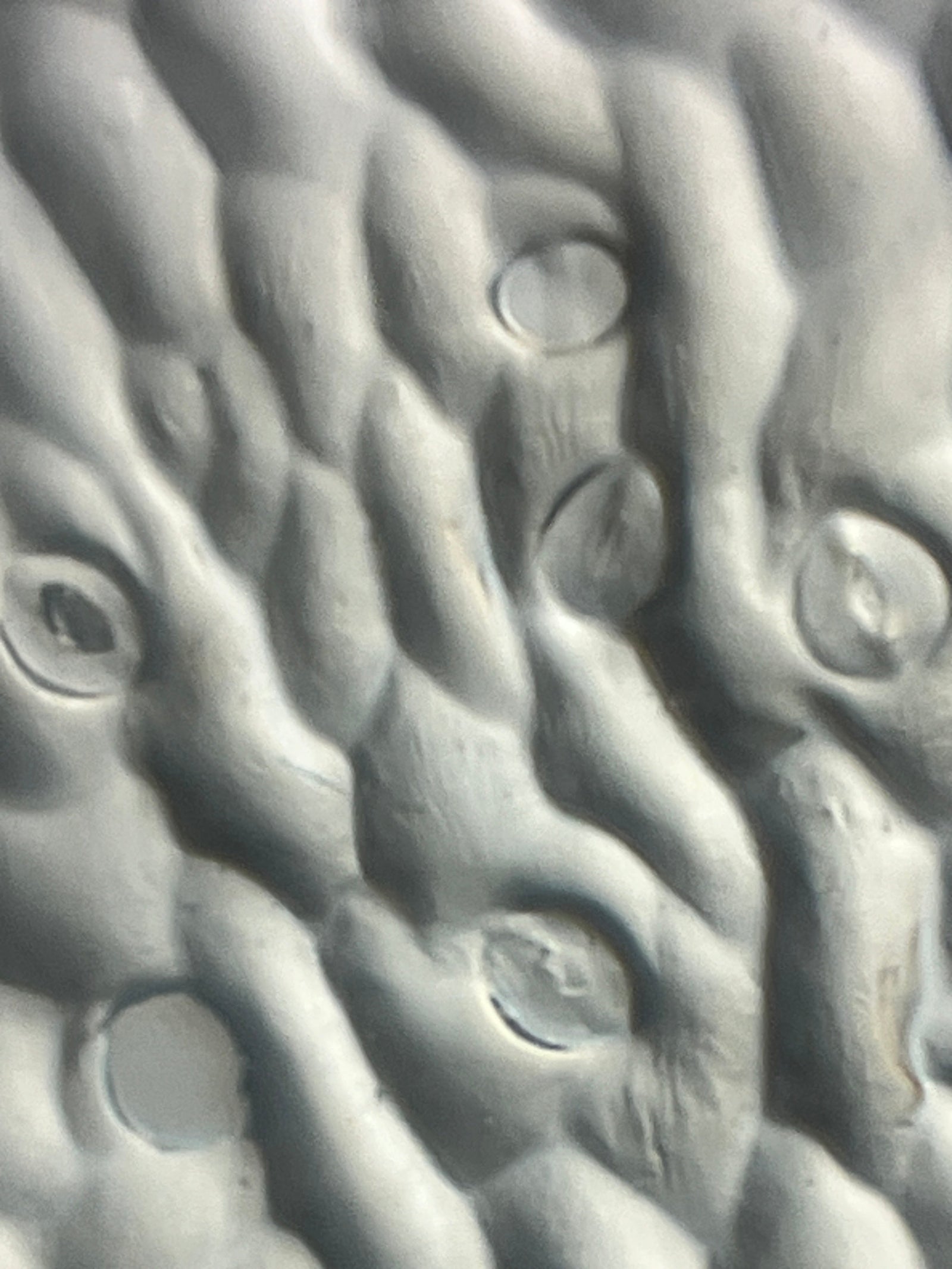
Kids get excited about science when they first view specimens under a microscope. Early explorations of insects, leaves, and bits of fabric can spark interest in exploring the microscopic world more deeply.
Educators and parents can leverage elementary school kids’ obsession with “gross” stuff and middle schoolers’ preoccupation with personal grooming to explore all kinds of interesting specimens under a microscope. High school students with past exploration experience are ready to take on some more sophisticated scientific investigations.
Read on to learn about 10 unique things to look at under a microscope to get suggestions for how to build on your students’ or your children’s interests. Explore how different the world looks under a microscope.
Household Surfaces Are Great for Gross-Out Fans
It might make adults gag, but for some reason, kids around third and fourth grade seem fascinated by anything they can call “gross!” Turn their obsession into a teachable moment by swabbing household surfaces and placing them under a microscope.
Be sure you have a supply of petri dishes prepared with an nutrient agar on hand. Take a cotton swab and wipe it on the surface of interest, then wipe it onto the solid agar in the petri dish. Cover the dish with the lid and place the dish in a warm, not hot, place with indirect sunlight, and wait a day or two. Make sure you label the cover indicating where you got the sample growing in the dish.
After a day or two, or when you notice something growing in the dish, take your dish and look at it under a microscope. Your hair will stand on end when you see the organisms you swiped from your:
- Kitchen sponge or dishrag
- Bathroom countertop or sink
- Toothbrushes
- Car’s interior
- Pet’s dishes
Gross, right? Have kids write down observations of what they see under the microscope. Then work together to identify characteristics of the microbes you see. Research common household bacteria and mold to see if you can identify what you’ve got in your dish. Other items that have maximum gross-factor potential are ear wax, fingernail clippings, scabs, mildew, or the contents of your vacuum cleaner.
Your kids will never look at housecleaning the same way again!
What’s That Stuff in Your Hair?
Kids in their early teens exhibit an inordinate fixation on personal grooming. Puberty can do that to you!
A great experiment for health class would be to show kids what happens if they share personal grooming items, from combs to compacts full of face powder or eye shadow. If you try this, do it in a sanitary manner! Let kids make predictions of what they’ll see when they look at the petri dishes. Observe and compare their predictions with what they see on the slide.
Budding Biologists
As kids get older, they may develop a fascination with the structures of the human body, animals, or microorganisms. Many elementary kids may already have looked at swabs of their own skin, onion skins, or hair samples from people and pets to note cell structures and differences between humans and animals. They may have even looked at samples of their pet’s saliva under a microscope.
As tweens grow into high school teens, they take a more serious interest in fields of study they may wish to pursue in college. Take biology beyond dissections by making more sophisticated examinations of:
- Chalk
- Skin
- Fish scales
- Meat
- Kosher salt
Cell structures become vivid and much easier to understand under a microscope. While kids may have observed protozoa before, now they can learn to identify the different types by how they move and reproduce.
Chalk may seem to be a very mundane thing to observe. But under a microscope, its structure is stunning. The exoskeletons of tiny dead marine organisms form structures that look like woven soccer balls or round wicker balls.
Kosher salt looks like a collection of tiny Mayan temples under a microscope. Enjoy kids’ awed reactions. Kids who spend their time imagining ancient civilizations will be amazed to see there’s an ancient city in their salt shaker.
And speaking of coffee, now that teens are drinking it regularly (yes, they are), give students the chance to examine the structure of a coffee bean under the microscope.
Portable, paper microscopes from Foldscope can go to the specimen, if the specimen can’t come to school with the student. Foldable microscopes come in kits for teachers, preassembled, so students can take them home and look at all kinds of ordinary things around their homes.
With a paper microscope, teens can develop their scientific curiosity about their everyday environment. A bar of soap, dryer lint, a paper towel, or a smudge of ink all become objects of fascination ripe for investigation. When a 16 year old proudly earns their driver’s license, they can swab their car’s steering wheel or cupholder to see what microscopic guests are traveling with them.
Portable microscopes can intensify and refine a college-bound student’s interest in biology, chemistry, or geology. Students can nurture their interest in human physiology, animal biology, chemical reactions, or the crystalline structures of rocks and minerals. Students with culinary interests can observe the differences between raw and cooked foods, exploring what exposure to heat does to the cells of carrots, potatoes, or onions, or the differences between the smooth skin of an apple and the fuzz on a peach. Even high school fashionistas may become entranced with the microscopic appearance of different fabrics, and how cutting and sewing affects textile fibers.
We’ve given you a lot more than 10 unique things to look at under a microscope. Sure, many household items aren’t exactly “unique. ” But the experience of viewing these items under the magnification of a microscope will be unique for each student or teen who records observations. Enjoy exploring with your students and your children!




